|
Last year ended with a little rush of interesting commissions, which I am sending out this week. The first was a request for John the Baptist, pictured as an angel: this is a late Byzantine representation of him, presumably a visual play on the Greek word for herald or messenger, which is 'angelos'. Then I was asked for an icon of Wilfrid Bishop of Ripon: he was a 7th C Anglo-Saxon contemporary with St Chad and Theodore of Tarsus/Canterbury, and the original crypt of the great abbey he built in Hexham still remains intact. The next was St Thomas Aquinas 13th century Dominican scholar, and archititect of much doctrine: he was reputedly so fat that when he died upstairs in the monastery of Fossanova, the monks struggled to get the body down the spiral staircase. I would think it would be difficult to get a coffin of any size down a medieval staircase, and modern historians suspect that it was a thyroid condition rather than gluttony which caused the saint's plumpness. Last but most unusual was a request for St Anatolius of Laodicea. He was a 3rd century mathematician and philosopher from Alexandria, and there are still some writings of his on mathematics surviving. He ended his life as Bishop of Laodicea, now a ruined city in modern Turkey.
At the end of last year I took another foray into the Sienese style of icons with their characteristically ornate gold tooling and softer style of draperies and flesh painting so different from Byzantine iconography of the same period. Duccio, Buonaventura, Simone Martini, Taddeo di Bartolo and Sano di Pietro were all great artists from that city. It has been proposed that the purpose of such fancy goldwork was not idly decorative but intended to give the surface life with the increased play of light in a candlelit interior. On the whole I find the elaboration a bit distracting myself, but the craft is fascinating and demanding: the artists would likely have outsourced this work to a lifetime gilding specialist, which is some comfort to me in my comparatively clumsy attempts. The raised lines are called 'pastiglia', are made with fine gesso built up with a brush. I have found by trial it is better to use gypsum in the mix, rather than the usual chalk. The small round indents are called 'bulinatura' and a spent biro or round-ended bodkin is ideal for producing these: the timing of these is crucial as the gold must be burnished but the bole still damp enough to take the pressure without cracking. Italian artists had many fancy punches in leaf, star and scroll shapes at their disposal. These can still be bought at huge expense, but I improvised with various bits and pieces gleaned in the toolshed.
The Italian conventions of painting skin were quite different from what is taught at the average icon painting workshop. First a pale green layer was painted over the face and hands before the flesh tints and rosy glazes were applied. Michelangelo's unfinished painting known as the Manchester Madonna clearly demonstrates this technique. Duccio's Madonnas often look a good deal green round the gills. In fact they were originally painted in ruddy good health, but the carmine used for the roses is fugitive and has faded away until we are left with the pale and wan appearance. Too late to hang on our tree unfortunately, but I have just received this charming Christmas bauble from a church in the USA who asked to use one of my Nativity icons on their annual run of fundraising tree decorations. Very chuffed with how well all the important detail fits the space - it was a circle-in-square design: that's the importance of sacred geometry neatly demonstrated. And what a super idea for a fundraiser!
|
The view from my deskCurrent work, places and events, art travel, and interesting snippets about Christian icons, medieval art, manuscript illumination, egg tempera,, gilding, technique and materials. Categories
All
Archives
January 2024
|
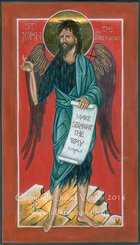
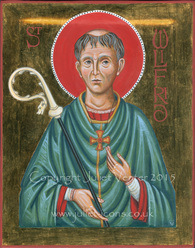

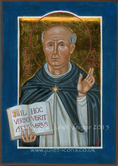
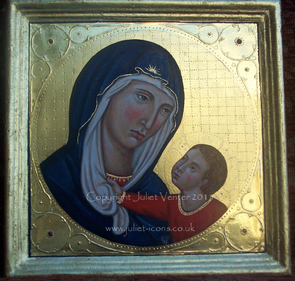
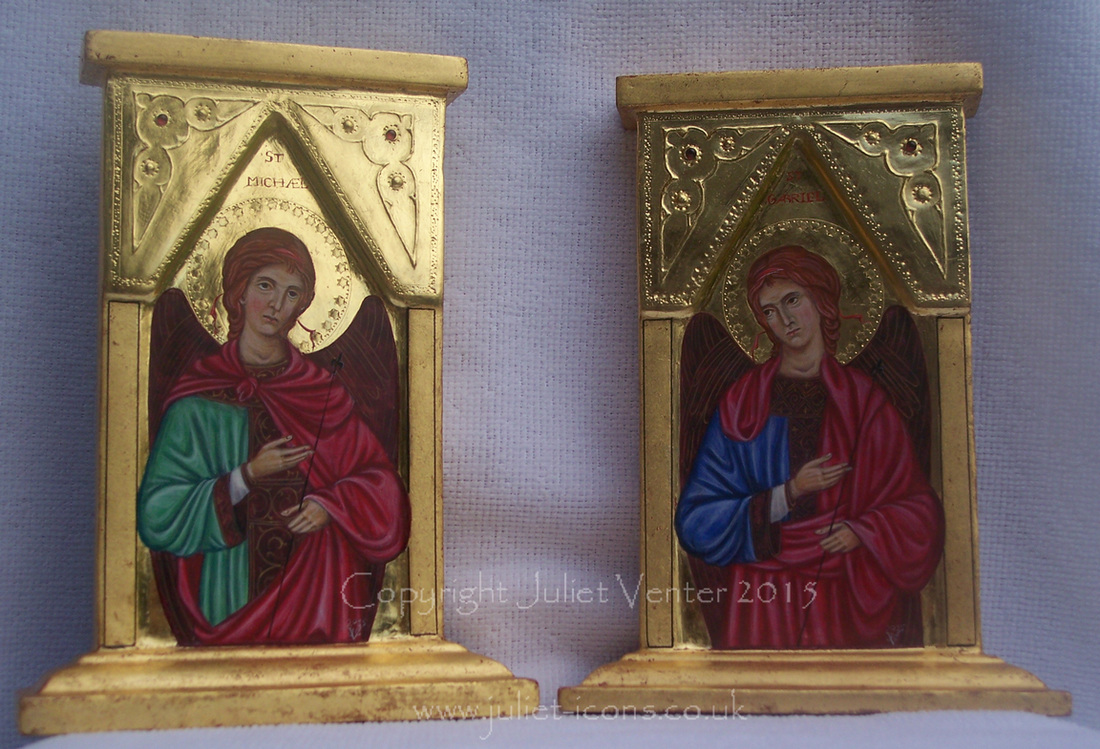
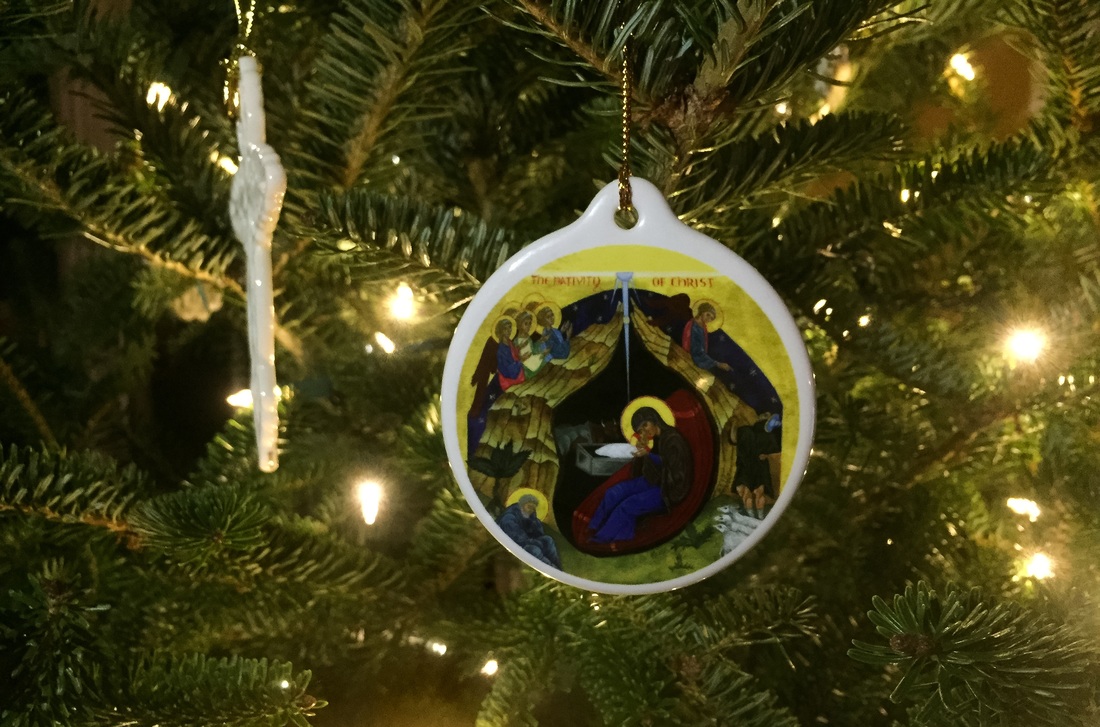

 RSS Feed
RSS Feed